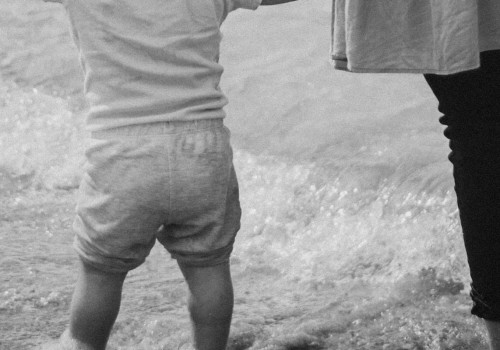A parent has full or sole custody when the child spends most of his or her time in that parent's care. Having full or sole custody of the child doesn't mean that the other parent doesn't have time with the child. Most people equate full custody with actual physical custody of the child. One parent can have sole physical custody of the child, but the other parent may be granted visitation rights.
As with legal custody, most courts will start with joint physical custody as a basis. Unless justified on the grounds of domestic violence, abuse, drug use, or incarceration, the court generally grants joint physical custody with a parent designated as the principal (even if there is a division of 50 to 50). Full custody is the term that parents sometimes use when referring to the legal term sole custody. Sole custody comes in two forms: sole legal custody and sole physical custody.
California Family Code Section 3002 defines joint custody as joint physical custody and joint legal custody. Under the joint custody agreement, you and the other parent have an equal right to make important decisions regarding your child's health, education, and well-being. In addition, your child will reside with you and the other parent, but time may not be divided equally. This is because it is very difficult to divide time exactly evenly when there are commitments, such as school and work.
A change of child custody that often stirs up ill feelings is a move out of the area by a parent with joint custody or custody. This can result in a contested court hearing, especially if one parent believes the other parent is moving to interfere with custody or visitation. To stop an out-of-area move in California, the other parent must be able to prove that the move is not in the child's best interest. These tests could include evidence that the other parent is moving to deny visitation or custody.
It may also include that the move will negatively impact the child's schooling, relationship with family members, or take him away from a loving and stable environment. If the other parent does not object to the move, but both parents want to change the custody plan, the parent who is moving must request a change from the court. To close the custody process, the judge will sign a final custody order. It sets out, in the form of a parenting plan, the legal terms that all parties must comply with until the child involved turns 18 or becomes emancipated.
The details are decided by a judge after a trial or by the parties themselves, and the judge approves. If the court designates you as the parent with primary custody, you will have sole legal and physical custody of the child.










